How Much Does It Cost to Frame a 2,000 Sq Ft House?
Framing is one of the most critical steps in constructing a house, forming the structural skeleton that supports the walls, roof, and floors. Without proper framing, the stability and durability of the house can be compromised. The cost to frame a house can vary widely based on factors such as materials, labor, design complexity, and location. Understanding these costs is essential for effective budgeting and planning. This guide will provide a detailed cost breakdown, discuss the factors influencing framing costs, and offer tips for managing your framing project efficiently. With a comprehensive understanding of these elements, you can ensure your project is both successful and financially viable.
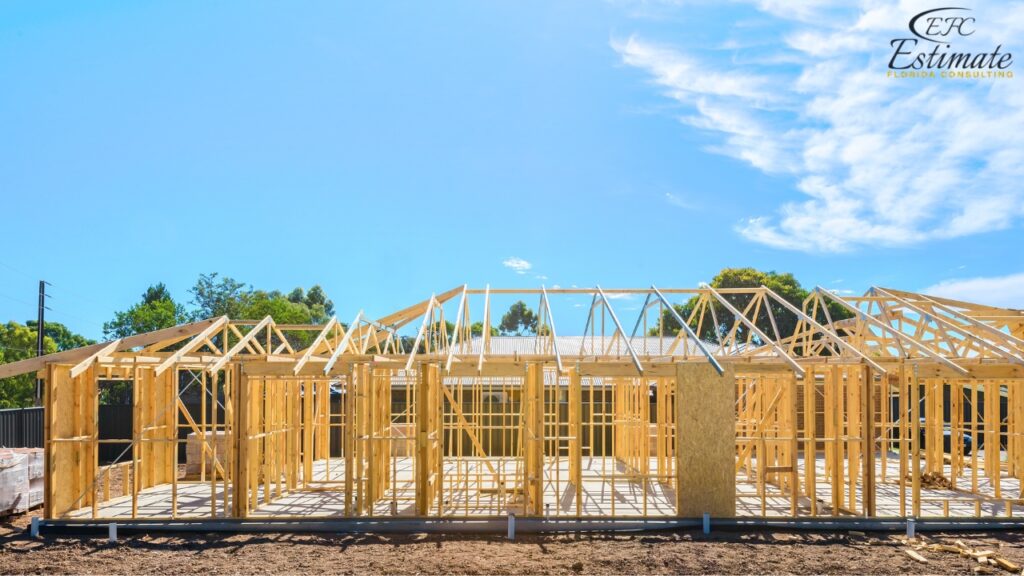
With a comprehensive understanding of these elements, you can ensure your project is both successful and financially viable, resulting in a well-constructed home that stands the test of time.
Average Cost Breakdown
The cost to frame a 2,000 sq ft house typically ranges from $30.20 to $53.90 per square foot. This translates to a total cost range of $60,400 to $107,800. Here’s a more detailed cost breakdown:
Cost Breakdown by Component
Component | Cost per Square Foot | Total Cost |
Lumber and Materials | $14.00 – $21.00 | $28,000 – $42,000 |
Labor | $12.60 – $23.80 | $25,200 – $47,600 |
Additional Costs | $3.60 – $9.10 | $7,200 – $18,200 |
Total | $30.20 – $53.90 | $60,400 – $107,800 |
Detailed Cost Breakdown
Lumber and Materials
The cost of lumber and materials forms a significant portion of the framing budget. The type of lumber (e.g., softwood vs. hardwood), the quality, and the amount needed all affect the total cost. Additional materials may include nails, screws, brackets, and other hardware. Choosing the right materials is crucial for the durability and safety of the house. High-quality materials ensure that the frame is strong enough to support the structure and withstand various stresses over time.
Breakdown of Lumber and Materials Costs
Component | Cost per Square Foot | Total Cost |
Softwood Lumber | $10.20 – $14.00 | $20,400 – $28,000 |
Hardwood Lumber | $14.00 – $21.00 | $28,000 – $42,000 |
Hardware and Fasteners | $3.60 – $5.10 | $7,200 – $10,200 |
Softwood lumber is generally less expensive and commonly used for most residential framing projects. Hardwood lumber, while more costly, is chosen for its durability and strength, often used in specific structural components. The choice between these materials can impact not only the initial cost but also the long-term maintenance and resilience of the structure. Ensuring high-quality materials are used can prevent future issues and contribute to the longevity of the house, reducing the need for costly repairs or reinforcements in the future.
Labor
Labor costs can vary significantly based on the complexity of the design, the experience of the framers, and local labor rates. Experienced framers may charge more, but their efficiency and quality of work can be worth the investment. Proper framing is crucial for the structural integrity of the house, so it’s essential to hire skilled labor. Skilled framers ensure that the structure is built accurately and according to design specifications, reducing the risk of structural failures or the need for rework.
Breakdown of Labor Costs
Labor Task | Cost per Square Foot | Total Cost |
Basic Framing | $10.20 – $15.40 | $20,400 – $30,800 |
Complex Framing | $15.40 – $23.80 | $30,800 – $47,600 |
Basic framing involves straightforward designs with minimal complexities, while complex framing includes intricate architectural details, multiple angles, and additional structural elements. Complex designs require more time and expertise, leading to higher labor costs. However, the investment in skilled labor ensures the house is built to high standards, minimizing future issues. Skilled labor also contributes to faster project completion, which can save money in the long run by reducing overall project duration and associated costs.
Additional Costs
Additional costs can include permits, waste disposal, and transportation of materials. These costs can add up and should be factored into the overall budget. Proper planning for these expenses ensures a smooth construction process and compliance with local regulations. Each of these costs plays a vital role in ensuring that the construction process is legal, efficient, and environmentally responsible.
Breakdown of Additional Costs
Additional Costs | Cost per Square Foot (in dollars) | Total Cost (in dollars) |
Permits and Inspections | $1.80 – $3.60 | $3,600 – $7,200 |
Waste Disposal | $0.90 – $1.80 | $1,800 – $3,600 |
Transportation | $0.90 – $3.60 | $1,800 – $7,200 |
Permits and inspections ensure compliance with local building codes, while waste disposal covers the cost of removing construction debris. Transportation costs include delivering materials to the construction site. These additional costs are essential for the project’s overall success and compliance with local regulations. Permits and inspections are crucial for ensuring that the construction meets safety standards, while proper waste disposal is important for maintaining a clean and safe work environment. Transportation costs can vary based on the distance and accessibility of the construction site, impacting the overall project timeline and budget.
Additional Cost Details
Structural Components
In addition to basic lumber and fasteners, framing requires specific structural components like beams and headers. These components provide critical support and add to the overall stability of the house.
Breakdown of Structural Component Costs
Component | Cost per Square Foot | Total Cost |
Beams and Headers | $2.50 – $4.00 | $5,000 – $8,000 |
Joists | $2.00 – $3.00 | $4,000 – $6,000 |
Sheathing | $1.50 – $2.50 | $3,000 – $5,000 |
Tools and Equipment
Framing also requires specific tools and equipment, which can add to the cost if not already owned by the contractor or included in their service fees.
Breakdown of Tools and Equipment Costs
Equipment | Estimated Cost (in dollars) |
Nail Guns and Compressors | $1,500 – $3,000 |
Saws and Cutting Tools | $1,000 – $2,000 |
Safety Gear | $500 – $1,000 |
Factors Influencing Framing Costs
Material Choice
The type of lumber used significantly impacts the cost. Softwood is generally less expensive than hardwood. However, hardwood may be chosen for its durability and aesthetic appeal, despite the higher cost. Engineered wood products, such as LVL (laminated veneer lumber) or glulam beams, can also affect costs. These materials offer increased strength and stability but come at a higher price. The choice of materials affects not only the initial cost but also the long-term maintenance and durability of the structure. High-quality materials can reduce the need for future repairs and provide better resistance against environmental factors.
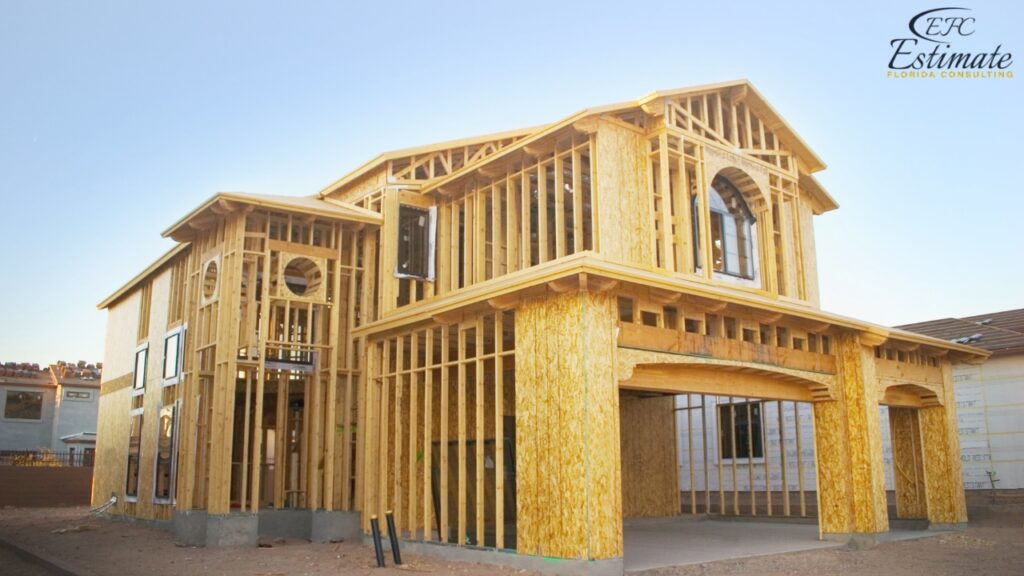
Design Complexity
The complexity of the house design affects labor costs. Simple rectangular houses are easier and faster to frame, while houses with multiple corners, angles, and intricate architectural details require more time and skill, increasing labor costs. Complex designs may also require additional materials, such as custom-cut lumber or specialized fasteners. The complexity of the design can significantly impact both the timeline and cost of the project. Detailed and unique architectural features can enhance the aesthetic appeal and functionality of the house but also add to the construction challenges and expenses.
Location
Location influences both material and labor costs. Urban areas with higher living costs typically have higher labor rates. Additionally, the availability of materials can affect costs; regions far from lumber mills may incur higher transportation fees. Local building codes and regulations can also impact costs, as more stringent requirements may necessitate additional materials or labor. The location of the project can also affect the ease of access for workers and materials, influencing overall costs. Proximity to suppliers and local labor markets can also affect the availability and cost of materials and skilled labor.
Labor Availability and Skill
The availability and skill level of local labor can impact framing costs. Highly skilled framers may charge more per hour but can complete the job more quickly and to a higher standard. In contrast, areas with a labor shortage may see increased costs due to higher demand. Ensuring that the chosen framers have experience with similar projects can help avoid costly mistakes and delays. The quality of labor directly affects the structural integrity and safety of the house. Hiring skilled and experienced framers ensures that the construction process is efficient and meets high standards of quality and safety.
Permits and Regulations
Local building codes and regulations can affect framing costs. Obtaining the necessary permits and ensuring compliance with local codes may add to the overall cost. Inspections are also required at various stages to ensure the framing is up to code. Non-compliance can result in fines or required modifications, further increasing costs. Adhering to local regulations ensures the project progresses smoothly and legally. Compliance with building codes and regulations is essential for the safety and legality of the construction project, preventing future legal and financial issues.
Get 5 New Leads Next 7Days With Our System
- Multi-Family Building
- Hotel Building
- Hospital Building
- Warehouse Building
- High-Rise Building
- Shopping Complex
Tips for Managing Framing Costs
Plan and Budget Carefully
Developing a detailed plan and budget before starting the framing process is essential. Consider all potential costs, including materials, labor, permits, and additional expenses. A comprehensive budget can help avoid unexpected expenses and keep the project on track. Including a contingency fund for unforeseen issues can provide financial flexibility. A well-thought-out budget ensures that all aspects of the project are considered and accounted for. Detailed planning helps prevent overspending and ensures that resources are allocated efficiently throughout the project.
Choose the Right Contractor
Selecting a reputable and experienced framing contractor can make a significant difference in managing costs. Obtain multiple quotes, check references, and ensure the contractor has experience with similar projects. A reliable contractor can help identify cost-saving opportunities and manage the project efficiently. Contracts should clearly outline the scope of work, timelines, and payment schedules to avoid misunderstandings. Choosing the right contractor ensures high-quality work and efficient project management. A skilled contractor can also provide valuable insights and recommendations for optimizing the framing process and controlling costs.
Opt for Standard Designs
Using standard designs and materials can help reduce costs. Custom designs and high-end materials can quickly increase the budget. Working with an architect or designer to develop a cost-effective yet functional design can help manage expenses. Simplifying the design can reduce the need for custom materials and specialized labor, making the project more budget-friendly. Standard designs often benefit from streamlined construction processes and readily available materials. Opting for standard designs can also expedite the construction process, reducing labor costs and minimizing potential delays.
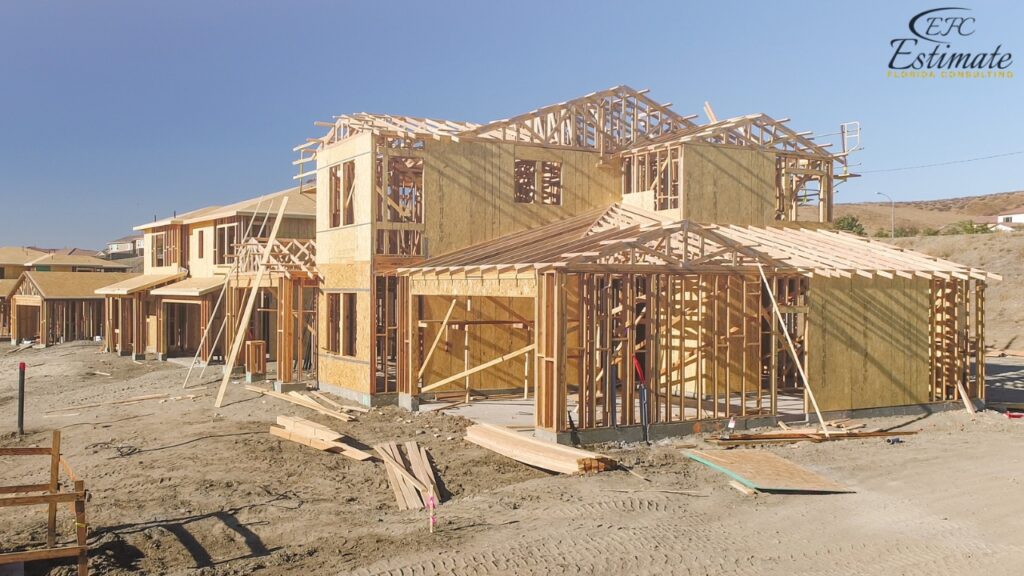
Monitor the Project Closely
Regularly monitoring the framing project can help identify and address any issues promptly. Staying involved in the project ensures that it stays on schedule and within budget. Regular site visits and progress meetings with the contractor can help keep the project on track. Clear communication between all parties involved can prevent delays and ensure that any changes are managed efficiently. Close monitoring allows for proactive problem-solving and ensures the project meets the expected quality standards. Effective oversight helps ensure that the construction adheres to the planned schedule and budget, preventing costly overruns.
Plan for Contingencies
Including a contingency budget of 10-20% of the total framing cost can help cover unexpected expenses. This ensures that you are prepared for any unforeseen issues that may arise during the framing process, such as discovering existing structural issues that need to be addressed. Having a contingency plan can prevent project delays and financial strain. A contingency budget provides a financial cushion to handle surprises without derailing the project. Being prepared for contingencies ensures that the project can continue smoothly even when unexpected challenges occur.
Download Template For House Frame Project Breakdown
- Materials list updated to the zip code
- Fast delivery
- Data base of general contractors and sub-contractors
- Local estimators
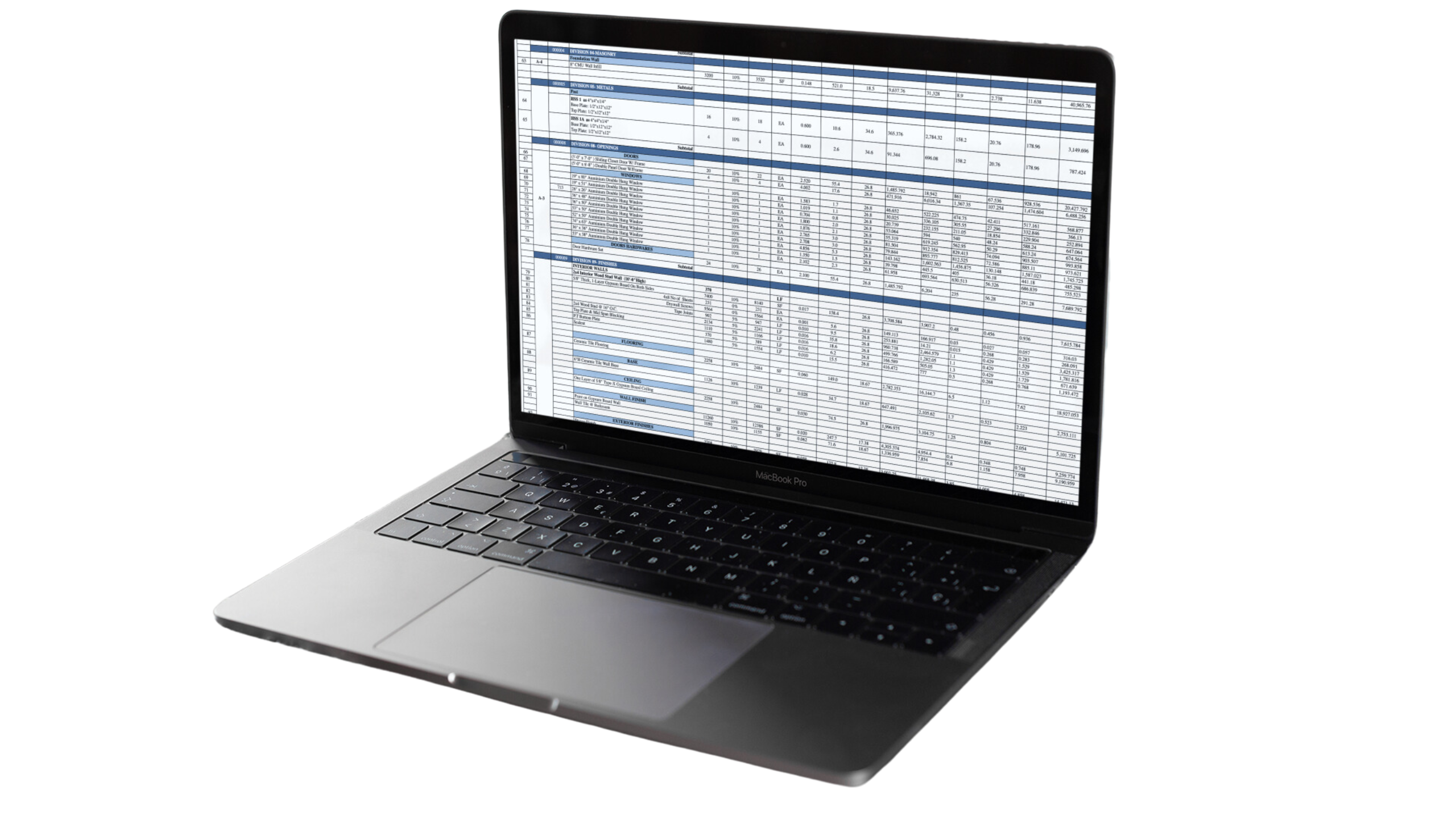
Conclusion
Framing a 2,000 sq ft house is a significant investment that requires careful planning and budgeting. By understanding the various costs involved and the factors that influence these costs, you can make informed decisions and ensure the success of your framing project. Investing in high-quality materials, working with experienced professionals, and planning for contingencies can ensure a successful and cost-effective framing process. Whether you’re building your dream home or expanding your real estate portfolio, careful planning and management are key to framing a house that meets your needs and budget. With proper oversight and strategic planning, you can achieve a well-framed structure that forms the foundation for a beautiful and durable home. Effective management of the framing process ensures the house is safe, sturdy, and built to last, providing a solid foundation for your future living space.
FAQs
The cost typically ranges from $30.20 to $53.90 per square foot, translating to a total of $60,400 to $107,800. These costs can vary based on factors such as material quality, labor rates, and the complexity of the house design.
The major components are lumber and materials, labor, and additional costs such as permits, waste disposal, and transportation. Each of these components plays a crucial role in the overall framing process.
Lumber and materials cost between $14.00 and $21.00 per square foot, totaling $28,000 to $42,000. This includes the cost of softwood or hardwood lumber, as well as necessary hardware like nails, screws, and brackets.
The type and quality of lumber (e.g., softwood vs. hardwood), the amount needed, and additional hardware like nails and brackets influence the cost. High-quality materials, though more expensive, ensure better durability and structural integrity.
Labor costs range from $12.60 to $23.80 per square foot, resulting in a total of $25,200 to $47,600. Labor costs depend on the complexity of the design, the skill level of the workers, and local labor rates.
The complexity of the house design, the experience of the framers, and local labor rates significantly influence labor costs. Complex designs and experienced framers can increase costs but ensure higher quality and efficiency.
Additional costs include permits and inspections, waste disposal, and transportation of materials, ranging from $3.60 to $9.10 per square foot, totaling $7,200 to $18,200. These costs are essential for legal compliance and project efficiency.
Permits and inspections ensure compliance with local building codes and add $1.80 to $3.60 per square foot, or $3,600 to $7,200 in total. Non-compliance can result in fines or required modifications, further increasing costs.
Proper waste disposal of construction debris is essential and costs $0.90 to $1.80 per square foot, or $1,800 to $3,600 in total. This ensures a clean and safe work environment and adherence to environmental regulations.
Transportation of materials to the construction site costs $0.90 to $3.60 per square foot, totaling $1,800 to $7,200, depending on the distance and accessibility. Remote locations may incur higher transportation fees.
Google Reviews

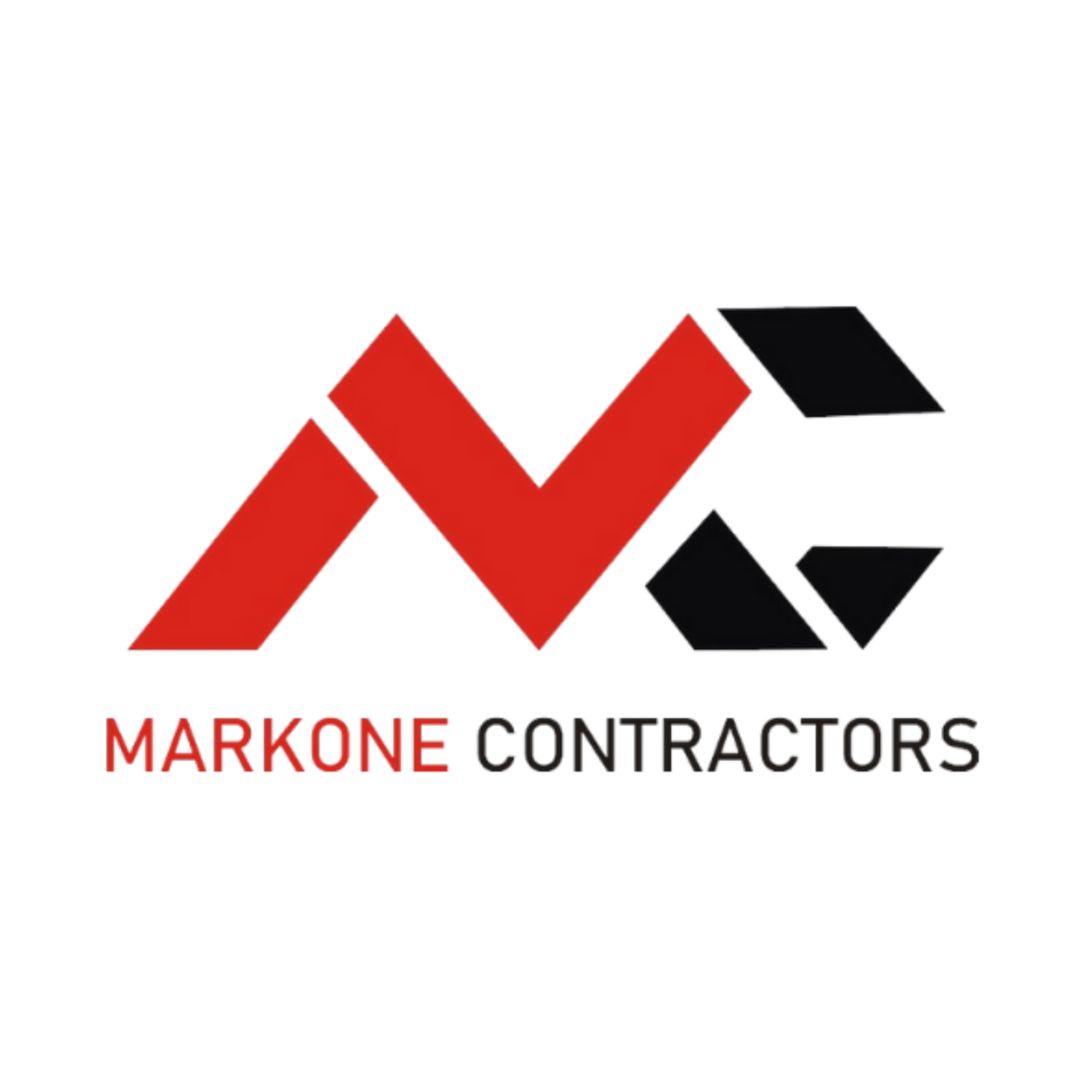

Process To Get The Cost to Frame a 2,000 sq ft House Estimate Report
Here I am going to share some steps to get the cost to frame a 2,000 sq ft house estimate report.
-
You need to send your plan to us.
You can send us your plan on info@estimatorflorida.com
-
You receive a quote for your project.
Before starting your project, we send you a quote for your service. That quote will have detailed information about your project. Here you will get information about the size, difficulty, complexity and bid date when determining pricing.
-
Get Estimate Report
Our team will takeoff and estimate your project. When we deliver you’ll receive a PDF and an Excel file of your estimate. We can also offer construction lead generation services for the jobs you’d like to pursue further.

